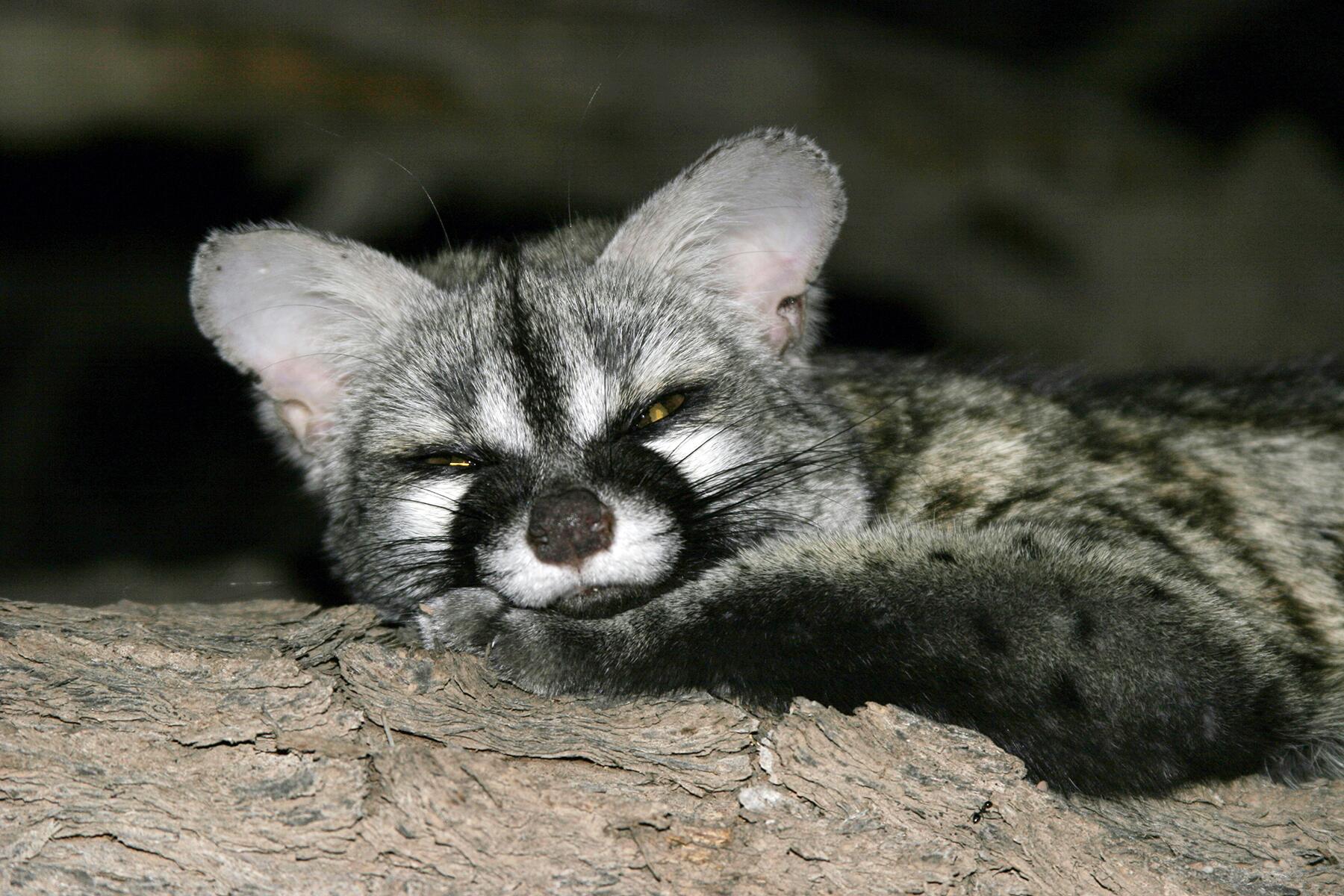- ⁄
- Travel News
- ⁄
- Outdoors
When night falls, these creatures crawl.
I don’t know about you, but I’m a night owl. I don’t mean that in a literal sense—I’m not an owl. However, this list is comprised of critters that are not unlike me or the night owl, in that they prefer sun-down to sun-up when it comes to being productive (and just living, generally). Additionally, in the night owl’s case, these are also critters that are not human, so, well, without further ado…
Spiny Mouse
WHERE: Cairo
I wonder if this little buddy wears his sunglasses at night. Because his eyes are so big. Furthermore, he has the ability to regenerate fur and cartilage (with no scarring—dermatologists hate the Spiny Mouse!) and, despite being night owls, these mice are relatively social creatures, often traveling in packs; I suppose this makes sense as “nightlife” for humans is typically a social affair, as well. Also, the Spiny Mouse’s (regenerative) hairs resemble that of a hedgehog—an onlooker might even confuse the two.
Fun fact: According to scientists, the Spiny Mouse is more closely akin to the gerbil than the common mouse.
Indian Flying Fox
WHERE: India
The Indian Flying Fox, also known as the Indian Fruit Bat—which makes a lot more sense as it’s clearly not a fox—is one of the largest bats in the world. The “fox” element is attributed to its reddish, fox-like fur. Unfortunately, it’s considered a hazard to fruit farms as it feeds mainly on fruits. Indian Flying Foxes, like Spiny Mice, are highly social animals, and many times, groups will congregate in one tree in a hierarchy system. This order is mostly male-dominated, and the most powerful hang from the upper branches, while the least powerful hang from the lower branches.
Fun fact: Members of this species, in particular, are accomplished swimmers courtesy of their large, sturdy wings.
Recommended Fodor’s Video
Small-Spotted Genet
WHERE: Southern Africa
“Oh my gosh, what is that cat doing out in the middle of the desert?!” you might ask yourself upon SPOTTING (sorry) this lil’ critter. That’s because the small-spotted genet resembles a feline in both its body shape and its coat. Small head? Check. Retractable claws? Check. They typically feed off of smaller mammals—rodents and shrews—and, much like cats, they’re fans of trees (where they seek out birds to prey upon).
Fun fact: They have been known to be useful in farming communities as they help control pests that may seek out crops.
Eyelash Viper
WHERE: Central and South America
One look at this reptile (which hopefully you’ll never get in person) and you’ll probably think it wouldn’t be out of place in a sci-fi/fantasy movie. The extremely venomous, strikingly colorful Eyelash Viper—check out those titular eyelashes!—is one of Central America’s tiniest serpents and resides in or around trees, bushes, and vines near a water source. The Eyelash Viper tends to prowl on smaller mammals and does not typically sink its long fangs into humans unless it’s bothered.
Fun fact: Did you know that to find a partner, vipers use their sense of smell?
Luna Moth
WHERE: North America
This magical, lime-green insect is one of the largest moths in North America. Not surprisingly, it gets its name both from its partiality to nightlife and the shape of its wings, which resemble a crescent moon. With a lifespan of just under a year, the Luna Moth feeds on plants and can be seen all up and down the eastern seaboard, from southern Canada to the Sunshine State.
Fun fact: Research shows that the Luna Moth’s giant wings can save it from being consumed by many predators, most notably bats whose echolocation zeroes “in on the wings rather than more vital body parts,” per Science Magazine.
Linnaeu’s Two-Toed Sloth
WHERE: South America
Where would any animal listicle be without a sloth? This species in particular is found in rainforests and is mostly bigger than three-toed sloths. The two-toed sloths love to munch on leaves and fruit, and they dwell in heavily-vined areas so that traveling from place to place is as efficient as possible, considering that they don’t move well on the ground.
Pygmy Slow Loris
WHERE: Asia
With its short tail, stumpy body, and absolutely massive eyes the Pygmy Slow Loris is one quirky night critter. Calling home Laos, China, and Vietnam, these little guys can be found buried in foliage within tropical rainforests and, if threatened can discharge an odor that discourages attackers. They like insects and, if thirsty, can lick leaves to re-hydrate.





